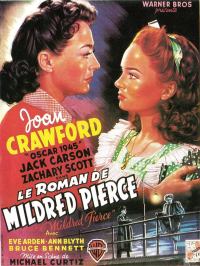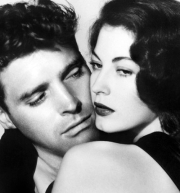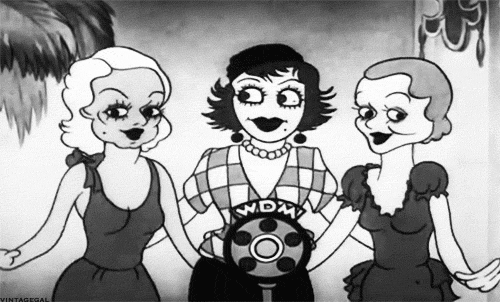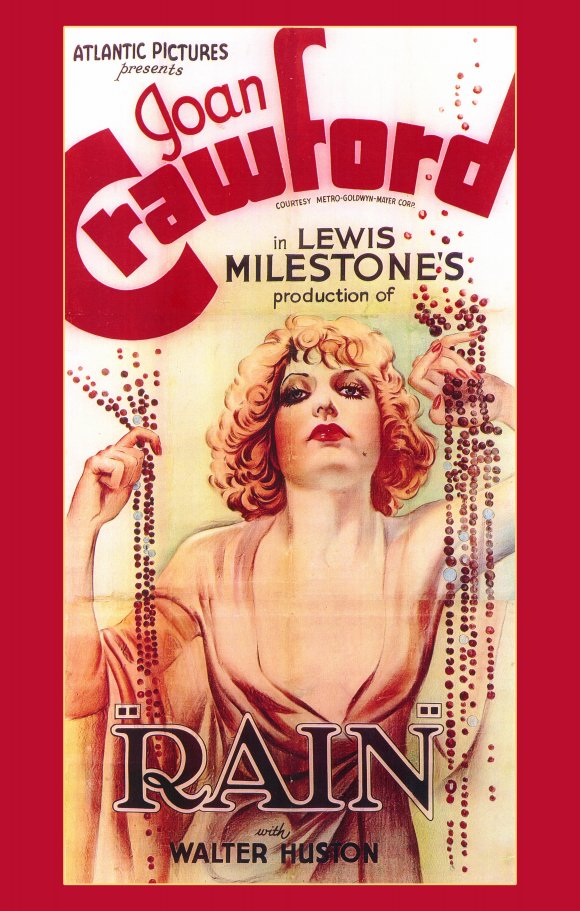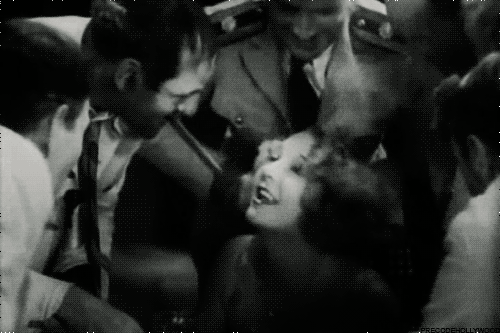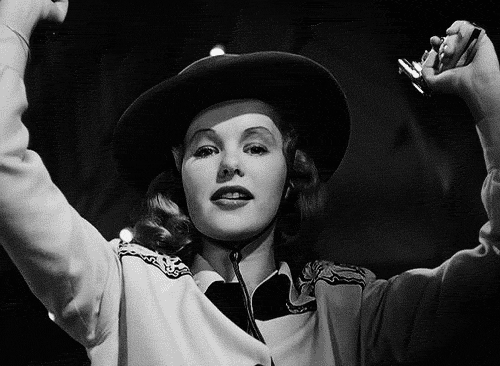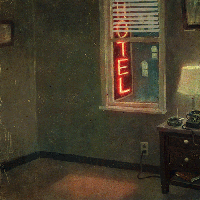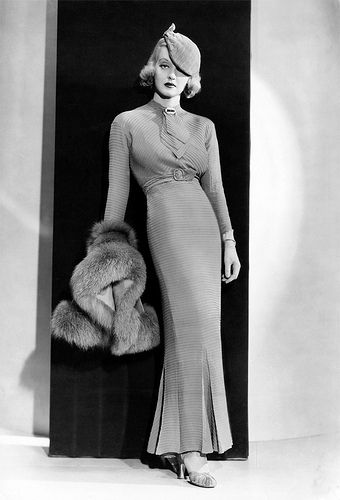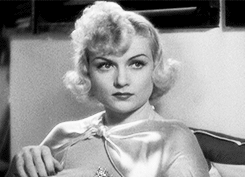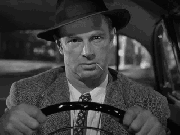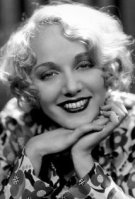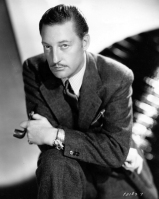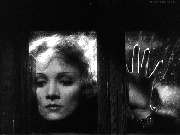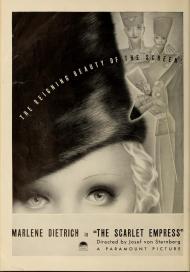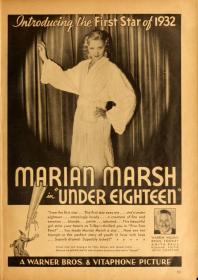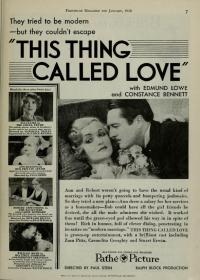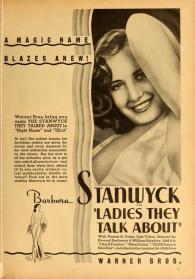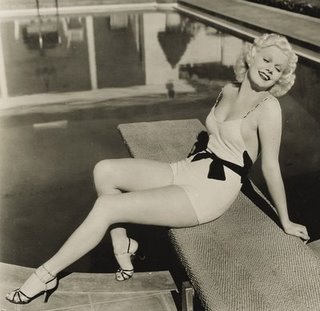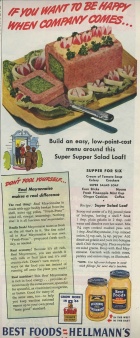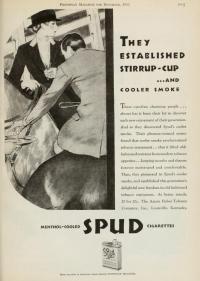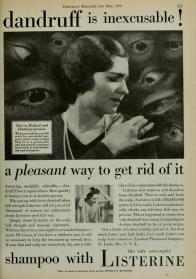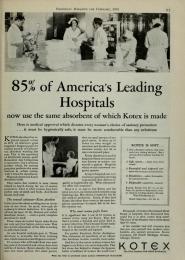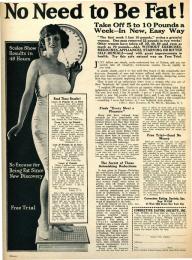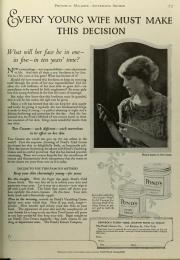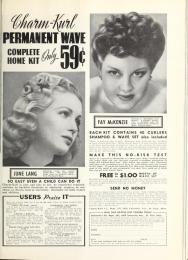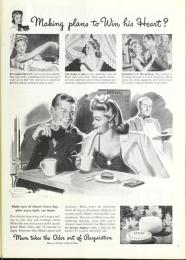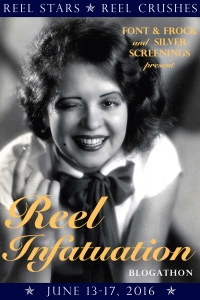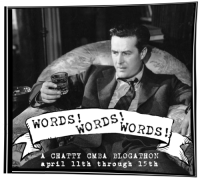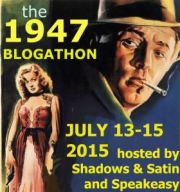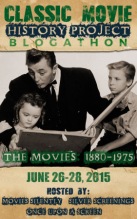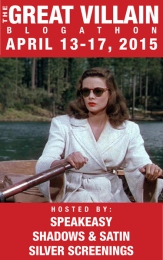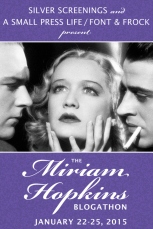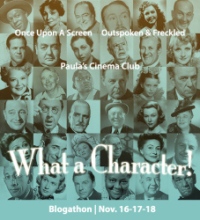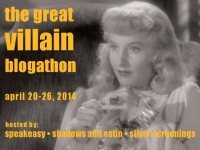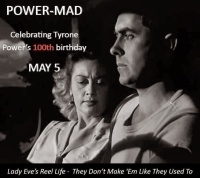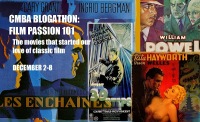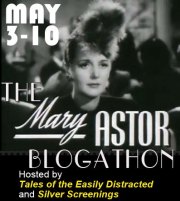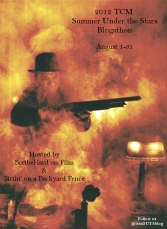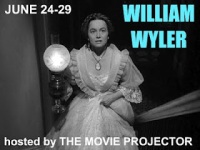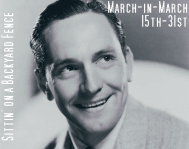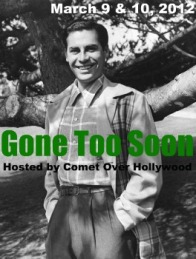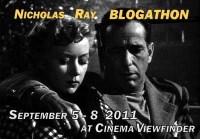When it comes to pre-Code dames, there’s a whole lot ‘o strange stuff goin’ on.
Films from the Golden Age of Hollywood were no strangers (no pun intended) to titles with the word “strange” in them. But two of my favorites also just happen to feature the names of the women who make those films come alive, which makes them ideal for this blogathon: The Strange Love of Molly Louvain and The Strange Case of Clara Deane. And they’re both from the pre-Code era – so you know you’re likely to find memorable plots, first-rate performances, dramatic twists . . . and women climbing in and out of their skivvies for no apparent reason.
Are you in? Let’s take a look . . .
The Strange Love of Molly Louvain (1932)
When we first meet Molly Louvain (Ann Dvorak), she’s crying.
She’s being comforted by a man who’s obviously her boyfriend, Ralph Rogers (Don Dillaway) – he tells her not to be afraid. We don’t really learn what he’s referring to, but we do find out that he’s kept Molly “a secret” from his mother and that the two women will meet the following night, because he’s inviting Molly to his birthday celebration. We further learn that, while Ralph’s mother is wealthy and, in Molly’s words, “grand,” Molly’s own mother abandoned her when Molly was seven years old. (“Even before I began to live, people said, ‘That Louvain girl – just like her mother,’” Molly shares with Ralph. “I want to be different, Ralph – decent. Everything people think I can’t be.”) Ralph arranges to meet her at the hotel where she lives and works at the cigar counter; three guesses as to whether Ralph shows up – and the first two don’t count.
If you guessed that Ralph doesn’t pick Molly up at the appointed time, you’d be spot-on – and you’d get bonus points if you further predicted that Molly would, in fact, never see Ralph again. When Ralph doesn’t arrive, Molly uses her last 95 cents to take a cab to the mansion where Ralph lives with his mother, but she’s informed by the butler that Ralph and his mother left “quite suddenly” for New York and that the birthday party has been cancelled. The butler also gives her a “Dear Molly” letter that Ralph left for her. And that’s the end of that.
Incidentally, in addition to Molly and Ralph, the early scenes also introduce us to Jimmy Cook (Richard Cromwell), a hotel bellhop who has a massive crush on Molly, and Nick Grant (Leslie Fenton), an oily traveling salesman who also has eyes for Molly. After being dumped by Ralph (and drowning her sorrows in a drunken, piano-playing evening with Nick), Molly takes to the road with the salesman and before you can say “Bob’s your uncle,” three years have passed and she has a daughter. (Three guesses who the father is – and if you guess Nick, you’d be wrong.)
The rest of the film serves up a tasty course of petty crimes, gun battles, unrequited love, and deception – and then there’s Lee Tracy as a fast-talking (of course), unprincipled (naturally) reporter (no surprise there), who comes into Molly’s life and wreaks all kinds of havoc. All of this leads to a wild and woolly denouement that you have to see to believe.
The Strange Case of Clara Deane (1932)
This film – which I never hear anyone talk about, and that’s a real shame – starts so pleasantly that you would never have the slightest clue that it will soon go completely off the rails. And stay there.
It opens with an introduction to the title character, played by Wynne Gibson, a dress designer who’s leaving her job to marry insurance agent Frank Deane (Pat O’Brien). Her boss (Lee Kohlmar) and co-workers give Clara a surprise going-away party, showering her with so much love and appreciation that all she can do is cry. Sadly, these won’t be the last tears we see from Clara.
On her wedding day, literally seconds before she’s about to walk down the aisle with Frank, a police detective by the name of Garrison (Dudley Diggs) shows up with a warrant for Frank’s arrest for insurance fraud. Clara insists on proceeding with the wedding, despite the gravity of the situation and the warning from the detective (“You’re not thinking of going on with the marriage, are you?” he asks. “Don’t you think you better wait a while?”). Clara responds that she’s not afraid, but as it turns out, she should have been afraid. She should have been very afraid.
Clara appeals to the District Attorney on Frank’s behalf, pays back the insurance money he stole, and the charges are dropped. A sheepish Frank assures Clara: “I’ve learned my lesson, dear. It’ll never happen again.” In the very next scene, Frank is seen playing poker – or should I say, losing his money at poker. It’s becoming increasingly clear that Frank may not be the world’s most upstanding citizen. In the middle of the game, Frank receives a call – he’s told that his wife just had a baby (he neglects to ask whether it’s a boy or a girl) and he tells his fellow gamblers that he’s going to head home. When one of the men suggests that he stay because the arrival of the baby might change his luck, Frank gives it a moment’s thought, then declines – and then changes his mind and DECIDES TO STAY. And I think we’ve just received confirmation about Frank’s less-than-stellar character.
A few years pass, and life in the Deane household is none too rosy. Frank is out of work, Clara is supporting the family by selling her designs to her former boss, and the family is forced to flee to the country when Frank is suspected of robbing a local gambling joint. The only bright spot is their daughter, Nancy (delightfully played by Cora Sue Collins), but Frank doesn’t allow a little thing like family responsibility stand in the way of his tendency to take what doesn’t belong to him. And when he uses his wife and child as decoys while he helps himself to a gas station cash register, things go downhill with alarming and tragic rapidity.
You will scarcely believe the way the film unfolds at this point, but I can guarantee you one thing – you’ll never be bored.
Each of these films are headed by first-rate performances by the lead actresses; I’d previously experienced Ann Dvorak’s considerable talents in films like Scarface (1932) and Three on a Match (1932), but Wynne Gibson was a revelation. She played her role with touching sincerity and left me wanting to see more of her. Interestingly, the characters of Molly Louvain and Clara Deane couldn’t have been more different from each other; Molly was hard-boiled and tough as shoe leather, with a deep-seated survival instinct, while Clara possessed a steely courage, strength, and determination that was masked by her gentle exterior. The women were equally devoted to their daughters, and while their circumstances dictated varying demonstrations of their love, they both proved to be self-sacrificing to the core, in the tradition of such memorable mothers as Stella Dallas and Mildred Pierce.
Unfortunately, I haven’t been able to find either of these “strange” movies via streaming, but I did locate the DVDs via my favorite seller of hard-to-find classic films, Gary McNerney; you can request a free copy of his catalog of movies by emailing him at garym502@gmail.com. The DVDs are also currently for sale on eBay. I strongly recommend that you consider buying them or, if ever the films are aired on TCM, be sure to make a date to see them.
You only owe it to yourself.
———-
This post is part of It’s in the Name of the Title Blogathon, hosted by Rebecca over at Taking Up Room and Gill at Real Weegie Midget Reviews. Click here to discover more great films where you can find the name in the title!





































































































